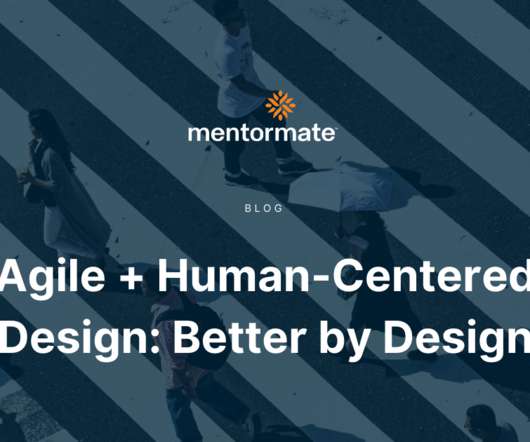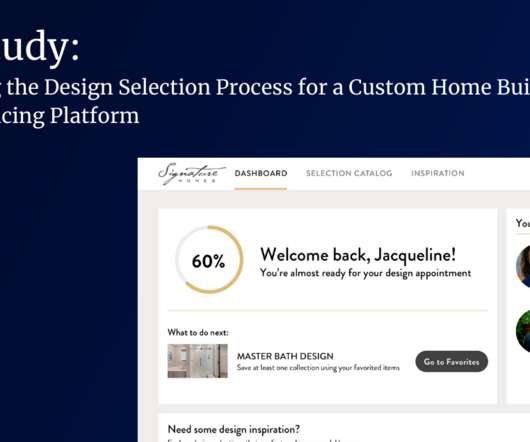Agile + Human-Centered Design: Better by Design
Mentormate
NOVEMBER 30, 2021
In the two decades since its introduction, the Agile methodology and its core idea of minimum viable product have risen to prominence in software development. Twenty years ago, the idea of moving software development away from the “waterfall” approach favored for hardware development was truly revolutionary.















Let's personalize your content